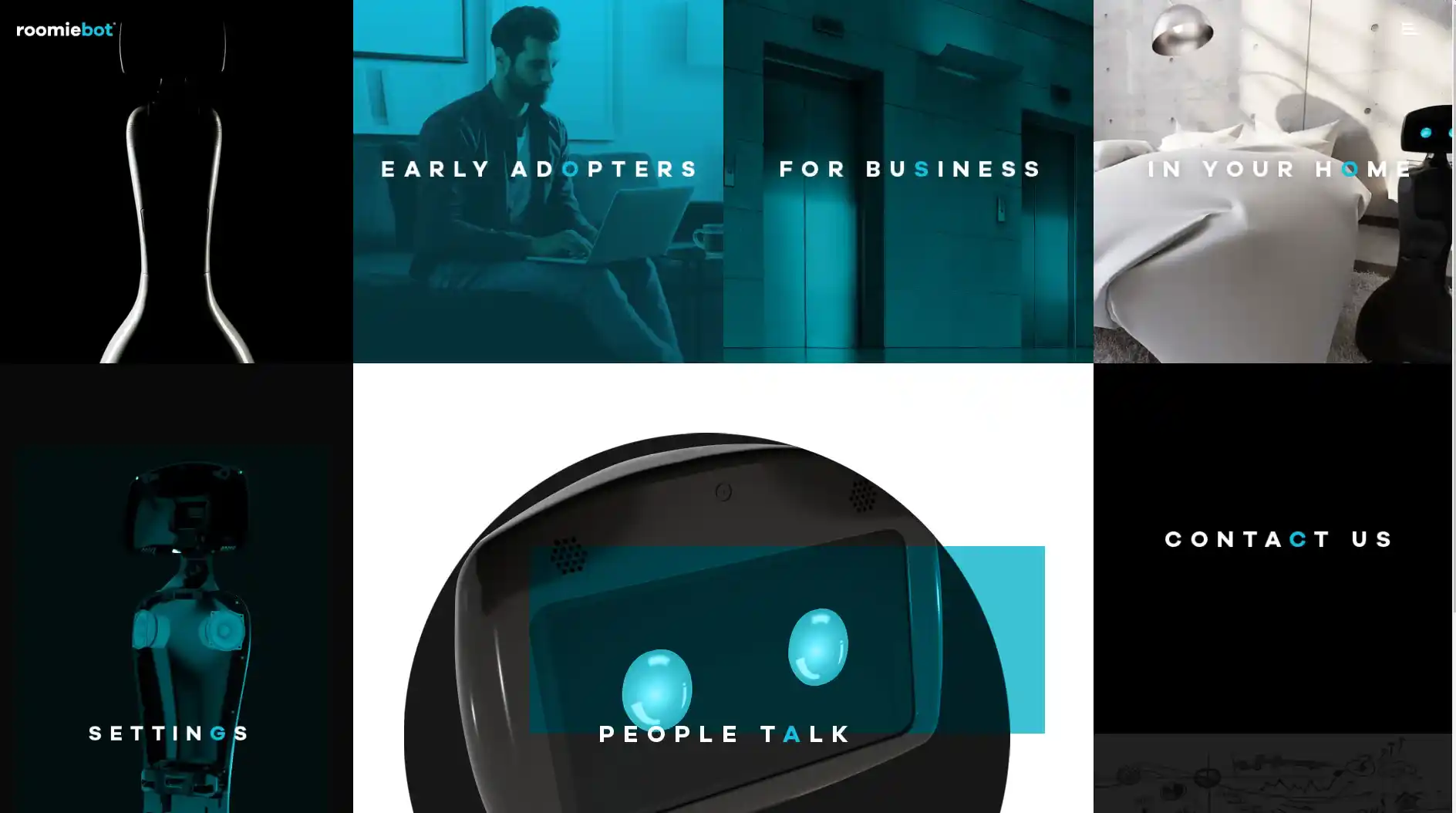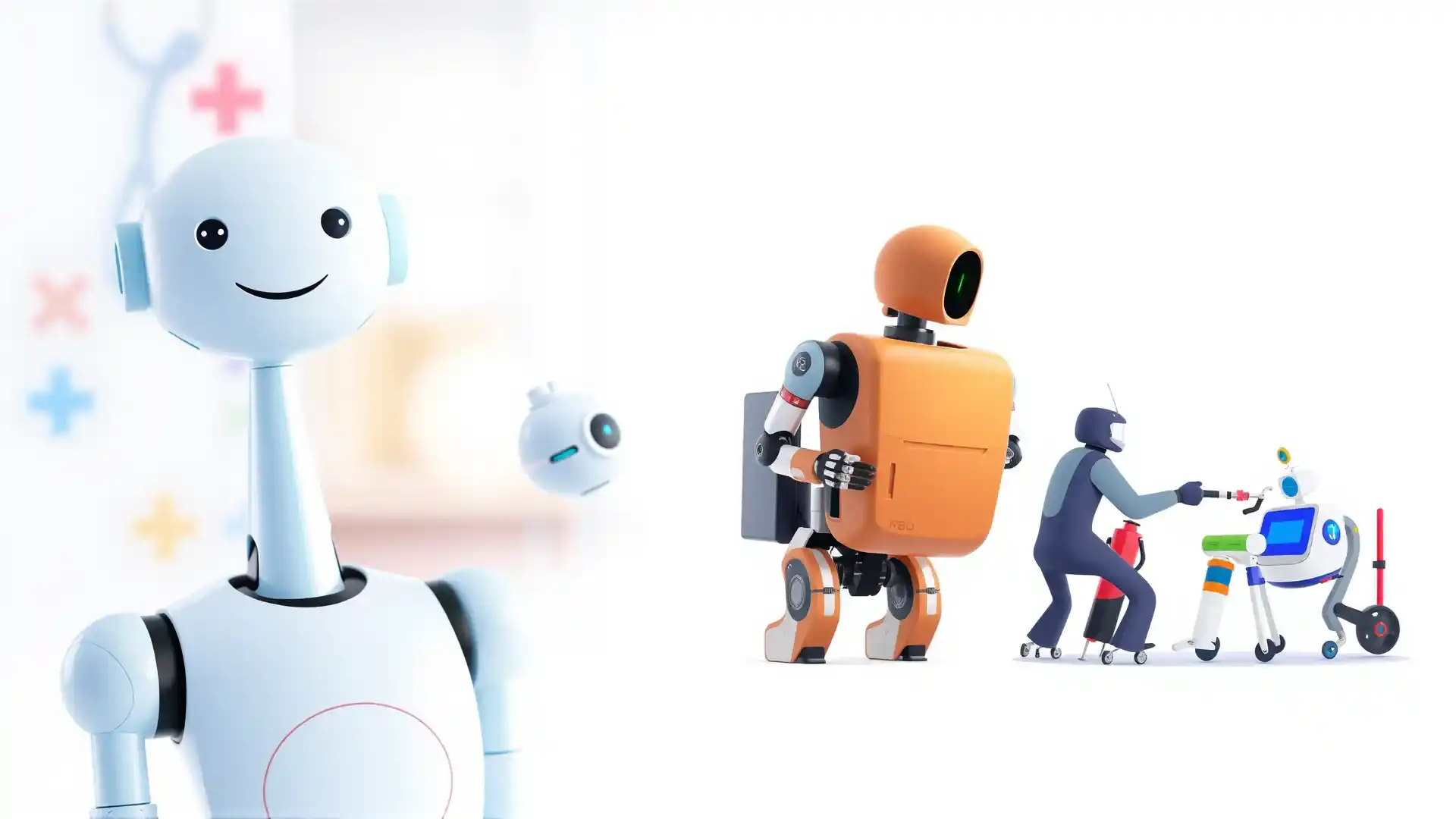Table of Contents
The integration of medical robotics is transforming surgery and hospital operations worldwide. By assisting surgeons during procedures, streamlining clinical workflow and logistics, and enhancing patient care and workplace safety, these intelligent machines are revolutionizing the healthcare industry.
At its core, medical robotics combines cutting-edge technology with innovative design to create robots that streamline supply delivery, disinfection, and other tasks, freeing up medical staff to focus on what matters most – providing exceptional patient care.
Today, medical robotics is not limited to the operating room. Robots are being deployed in clinical settings to assist with a wide range of tasks, reducing exposure to pathogens during outbreaks like COVID-19.
What is Medical Robotics?
- A field that combines robotics, artificial intelligence (AI), computer vision, and other technologies to improve patient care and surgical outcomes.
- Involves the use of robotic systems to assist surgeons, nurses, and other medical professionals in various tasks.
Medical Robotics: A Growing Spectrum
1. Surgical-Assistance Robots
The integration of medical robotics has transformed surgical practices, enabling surgeons to achieve unprecedented levels of precision and accuracy. By leveraging AI, computer vision, and machine learning technologies, surgical-assistance robots have become an indispensable tool for complex operations.
Minimizing Recovery Time with Minimally Invasive Surgeries
- Robotic-assisted hysterectomy, prostatectomy, and bariatric surgery reduce recovery times and minimize the risk of complications
- Precise robotic control enables surgeons to perform procedures through small incisions, reducing scarring and promoting faster healing.

Advancing Orthopedic Care with Robotics-Assisted Surgery
- Pre-programmed robots enable precise execution of knee and hip replacements, minimizing the risk of complications and improving outcomes
- AI modeling and 3D imaging facilitate more predictable results, ensuring optimal patient care.
2. Modular Robots
Modular medical robotics systems are revolutionizing healthcare by providing flexible solutions that can be tailored to meet specific needs. These innovative robots integrate seamlessly with existing infrastructure, enabling a wide range of therapeutic applications.
Empowering Rehabilitation and Independence with Modular Robots
- Therapeutic exoskeletons and prosthetic robotic arms and legs empower patients to regain mobility and independence
- AI-powered robots monitor patient progress, providing precise feedback and coaching to optimize rehabilitation outcomes
- Wheelchair-mounted robotic arms assist patients with spinal injuries in performing daily tasks, enhancing their quality of life
3. Autonomous Mobile Robots
Autonomous Mobile Robots (AMRs) are revolutionizing healthcare by providing critical support for medical staff, enabling them to focus on patient care while AMRs handle essential tasks such as medical robotics-enable disinfection, telepresence, and delivery of medication and supplies. Equipped with advanced technologies like LiDAR systems, visual computing, or mapping capabilities, AMRs can navigate complex hospital environments with ease, allowing clinicians to interact remotely with patients in exam or hospital rooms.
With the ability to be controlled by remote specialists or other workers, AMRs can accompany medical staff on hospital rounds, facilitating on-screen consultations and expert input for patient diagnostics and care. In some cases, AMRs are even being used to triage patients before they’re checked in, freeing up medical staff to focus on critical care.

- For example, the RoomieBot, developed by start-up Roomie in Mexico, is using medical robotics-enabled technology to help medical staff with high-risk COVID-19 patients. Equipped with AI algorithms and Intel-based technology, RoomieBot can take a patient’s temperature, blood oxygen level, and medical history upon arrival at the hospital.
- In addition to AMRs, other types of healthcare robots include service robots and social robots, all designed to enhance patient care and safety through innovative medical robotics solutions.
4. Service Robots
- Service Robots are taking on routine logistical tasks, freeing up staff to focus on high-priority patient needs.
- These robots operate autonomously, navigating complex environments to complete tasks such as setting up patient rooms, tracking supplies, and restocking medical supply cabinets.

- For example, the TUG Robot by Aethon is a prime example of medical robotics-enabled service robots in action. This robot can safely deliver linens to nursing units on both a scheduled and on-demand basis, ensuring a seamless and efficient supply chain. Similarly, other service robots are being designed to sanitize high-touch areas using ultraviolet (UV) light, hydrogen peroxide vapors, or air filtration.
5. Social Robots
- In long-term care environments, medical robotics-enabled Social Robots are providing much-needed social interaction and monitoring.
- These friendly robots can encourage patients to comply with treatment regimens, provide cognitive engagement, and even offer directions to visitors and patients inside the hospital environment.
- By reducing caregiver workloads and improving patients’ emotional well-being, social robots are enhancing overall care and quality of life for patients.

Benefits of Medical Robotics in Healthcare
Innovative medical robotics is revolutionizing patient care by providing high-quality, personalized attention in clinical settings. With robots supporting minimally invasive procedures, customized monitoring for chronic diseases, and intelligent therapeutics, patients receive comprehensive care that prioritizes their well-being.
1. Empowering Better Patient Outcomes
- Minimally invasive procedures enable quicker recovery times
- Customized monitoring and social engagement foster long-term relationships between caregivers and patients
- Intelligent therapeutics optimize treatment plans for better health outcomes
2. Streamlining Clinical Workflows with Autonomous Mobile Robots (AMRs)
- AMRs simplify routine tasks, reduce physical demands on human workers, and ensure consistent processes.
- By automating inventory management, ordering supplies, and cleaning hospital rooms, AMRs enable healthcare workers to focus on patient-centric work.
3. Creating a Safer Work Environment
- Social robots assist with heavy lifting, protecting healthcare workers from physical strain
- AMRs transport supplies and linens safely, reducing pathogen exposure
- Cleaning and disinfection robots minimize hospital-acquired infections (HAIs)
The Future of Healthcare: Where Robotics Meets Innovation
As robotics continues to advance in tandem with machine learning, data analytics, computer vision, and other technologies, we can expect to see robots assuming a more prominent role in healthcare. With their ability to complete tasks autonomously, efficiently, and accurately, robots are poised to revolutionize the way medical procedures are performed.
Conclusion
Medical robotics has emerged as a game-changing technology in healthcare, revolutionizing patient care, surgical procedures, and rehabilitation practices. By combining advanced technologies like artificial intelligence, robotics, and computer vision, medical robots have improved accuracy, precision, and efficiency in various medical applications.
As the industry continues to evolve, we can expect to see more widespread adoption of medical robots in hospitals and clinics, leading to better patient outcomes, reduced recovery times, and increased staff productivity. With regulatory frameworks in place, training programs for medical professionals will become essential to ensure seamless integration of robotic systems into existing workflows.